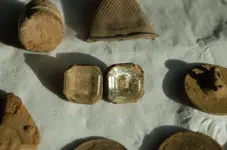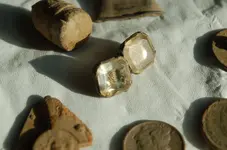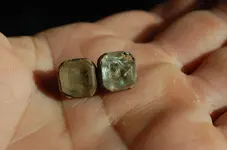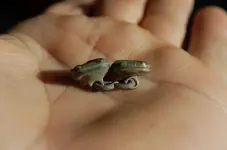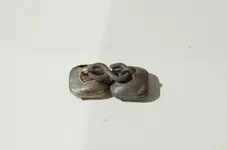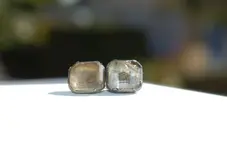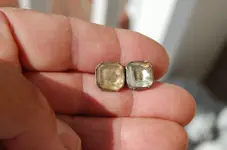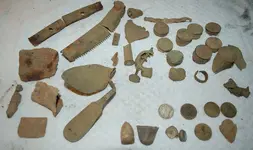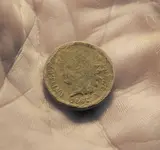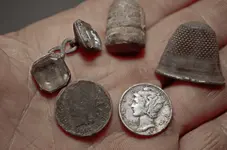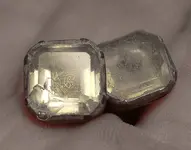Stuart crystals are a form of 17th and 18th century mourning jewelry. Stuart crystals get their names from the House of Stuart. The crystals were pieces of political jewelry that commemorate the execution of King Charles I in 1649. The first jewels were made from locks of King Charles’ hair preserved under faceted rock crystal (quartz), often decorated with his initials or miniature portrait. They were worn by Royalists who opposed the king’s execution on the grounds that as God’s chosen leader, Charles I was above the law and his death was not justice, but murder. Later, the crystals were adopted by Jacobites who opposed the deposition of James II and the Stuart monarchy in 1688. Since supporting fallen monarchs was dangerous, many Stuart crystals are small and were worn in secret. However, as the 17th century continued, Stuart crystals evolved into mementos mori and generalized commemorative jewelry. They remained popular into the 18th century until larger, more neoclassical jewelry came into fashion.
Description
Stuart crystals come in three main forms: slides, rings, and earrings. Original Stuart crystals were rings or ribbon slides, but many were later converted into other types of jewelry. Stuart crystals almost always contain hair, often woven so finely it appears like cloth.
In addition to hair, a Stuart crystal may contain gold initials, filigree designs, colored foil, portrait miniatures, and enameled symbols. Skeletons, skulls, doves, angels, cherubs or putti, and flowers are the most common type of symbolic charms found inside Stuart crystals

